CAEthernet and CAN (Call Area Network) are two important communication protocols in the industrial and vehicle sectors. Each industry in today’s world has become very digitalized. Computer systems have become more advanced and complicated. These networks need a lot of data and high-speed networks to work efficiently. Read more about Ethernet CAN in this article.
One could do this with the aid of Ethernet CAN. Both of them are high-performing protocols created for secure and stable vehicle communication. However, CAN Buses made it possible. But Ethernet with better features is quickly taking over it. It boasts better speed and lower lag time and solves some of the crucial issues in CAN.
Furthermore, CAN has evolved to suit the needs of the industry. But this old legend has a new competitor in the form of Automotive Ethernet, which boasts lower latency and higher speed in data transmission. In this battle of old and new, let’s take you through how both these systems came to be.
Table of Contents
Origin and Evolution
These communications systems have developed over time and evolved exponentially with future demands. Here, we will discuss their beginning in detail and briefly glimpse CAN Bus vs Ethernet.
Development of the CAN Bus
CAN Bosch developed a bus protocol in the early 1980s to give the idea of a digital car. It supports vehicle networking like powertrain and chassis, etc. Even at that time, it was different from others.
It boasted multiple features like error detection, fault mitigation, and the advanced feature of identifying data frames based on content.  However, Major automotive brands used it later. Kone, a Finnish elevator company, and Philips Medical Systems were the first users of CAN.
However, Major automotive brands used it later. Kone, a Finnish elevator company, and Philips Medical Systems were the first users of CAN.
Finally, after the adoption by the vehicle industry, communication systems were revolutionized. Over the years, newer protocol generations also came into the market. For example, CAN FD was part of the second generation and increased the data transfer rate by 5 times. Next was CAN XL, which supported priority data processing.
Emergence of Ethernet
Ethernet is a popular computer networking system that uses Local area networks and wide area networks. It transmits data at a link level by making a connection between different users.
It was created in 1973-74 by Xerox but couldn’t be used in the automobile industry due to its poor performance with noise and Interference.  However, this changed with Automotive ethernet, which works on the same principle as any other network. It connects all parts of a car with a single connection.
However, this changed with Automotive ethernet, which works on the same principle as any other network. It connects all parts of a car with a single connection.
It makes communication highly secure and safe and increases efficiency and performance. With more advanced systems coming up, the rate of processing and transmitting data has to grow rapidly. It becomes possible with automotive Ethernet.
See Also: Fix: Ethernet Doesn’t Have A Valid IP Configuration Error
In-Depth Analysis of CAN Bus
CAN Bus is a network technology that helps diverse electrical items to communicate. It operates on a message-based system sending data as data frames.
Features & Advantages
- These protocols are highly accurate and reliable as they reduce noise and Interference during transmission. It ensures that data stays protected.
- It allows multi-master operation, which means that different devices in the system can communicate.
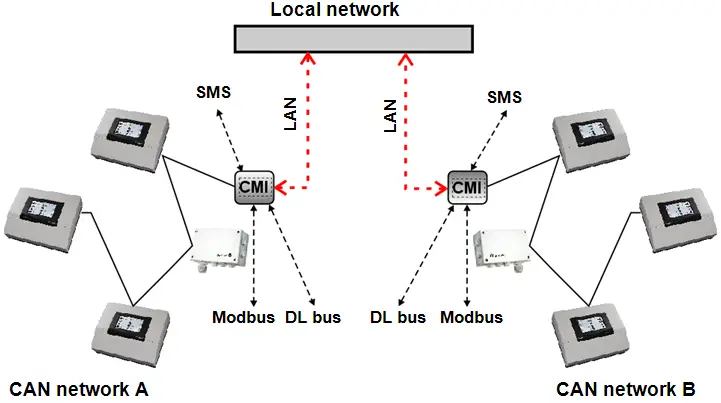
- This protocol enables real-time and instant response communication.
- CAN ensures flawless error detection and rectification
- CAN networks exhibit superior scalability, seamlessly accommodating the addition of numerous devices without requiring extensive modifications or encountering connectivity issues.
- In contrast to Ethernets, prone to frequent disconnections, CAN networks demonstrate robust reliability, ensuring a stable and uninterrupted network experience.
Limitations & Challenges
CAN Ethernet poses several limitations and challenges.
- Firstly, its limited bandwidth restricts high-speed communication, while the fixed wire length hampers system flexibility, making modifications cumbersome.
- Moreover, there’s a cap on the amount of data transmitted at a time, and the system tends to generate excessive electrical noise.

- The cost of maintenance further adds to the drawbacks. To overcome these limitations, particularly in applications involving continuous rotation, Ethernet slip rings emerge as a solution.
- These slip rings ensure seamless data transmission across rotating interfaces, offering the advantages of maintaining signal integrity and facilitating high-speed data transfer, making them a valuable choice for diverse rotating machinery scenarios.
Variations and Enhancements
Call Area Network has evolved, adapting to the automotive industry’s needs. CAN FD do it. FD, or Flexible Data Rate, was developed in 2011 as the second generation of the CAN protocol. These are used for Electrical Control unit connections.  It is used to broadcast sensor data in high-performance vehicles.
It is used to broadcast sensor data in high-performance vehicles.
The 3rd generation of the protocol is CAN XL or Call Network Area Extra Large. CAN XL is compatible with CAN FD and was introduced in 2018. It supports data transmission up to 20 Mbps and allows ethernet tunneling. It also has a priority concept for data frames in which the most important data gets processed first.
See Also: Gaming Ethernet Switch: Best Picks For Enhanced Online Gaming
Exploring Ethernet and Its Impact
Ethernet uses single twisted wires to provide high-speed data transmission. They specialize in non-real-time communication and are highly efficient.
Features & Advantages
- Ethernet allows you to obtain high-speed transmission up to 100 Gbps
- Next, They are power efficient and ensure better data transfer quality.
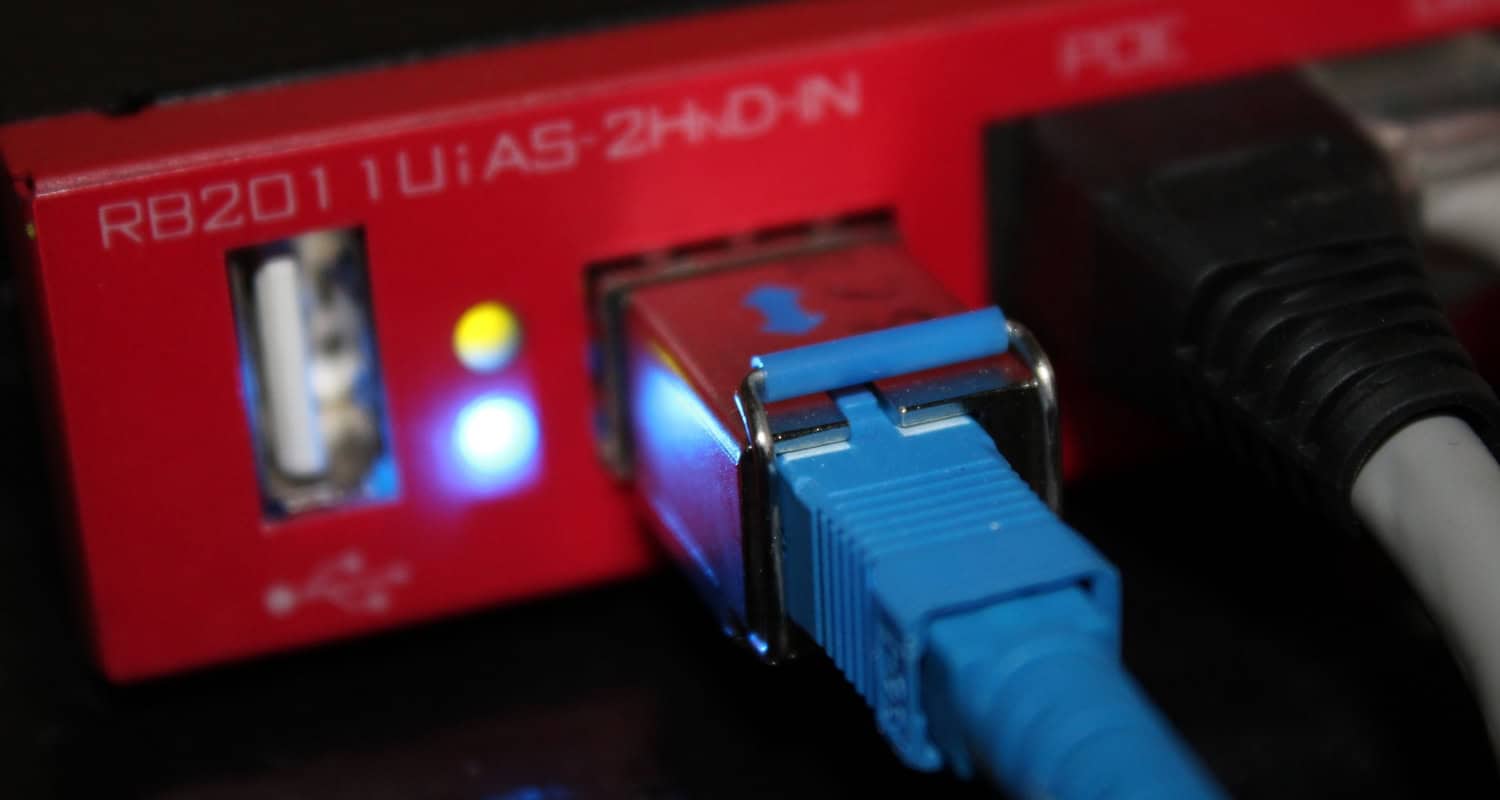
- It is most reliable for data security as it shows the device using the data.
- In addition, they provide cost-effectiveness
- Easy to install and maintain.
Challenges and Considerations
- Poor error detection mechanism. Difficult to trace the cause of the problem
- It is not very effective in areas of traffic, as its efficiency decreases
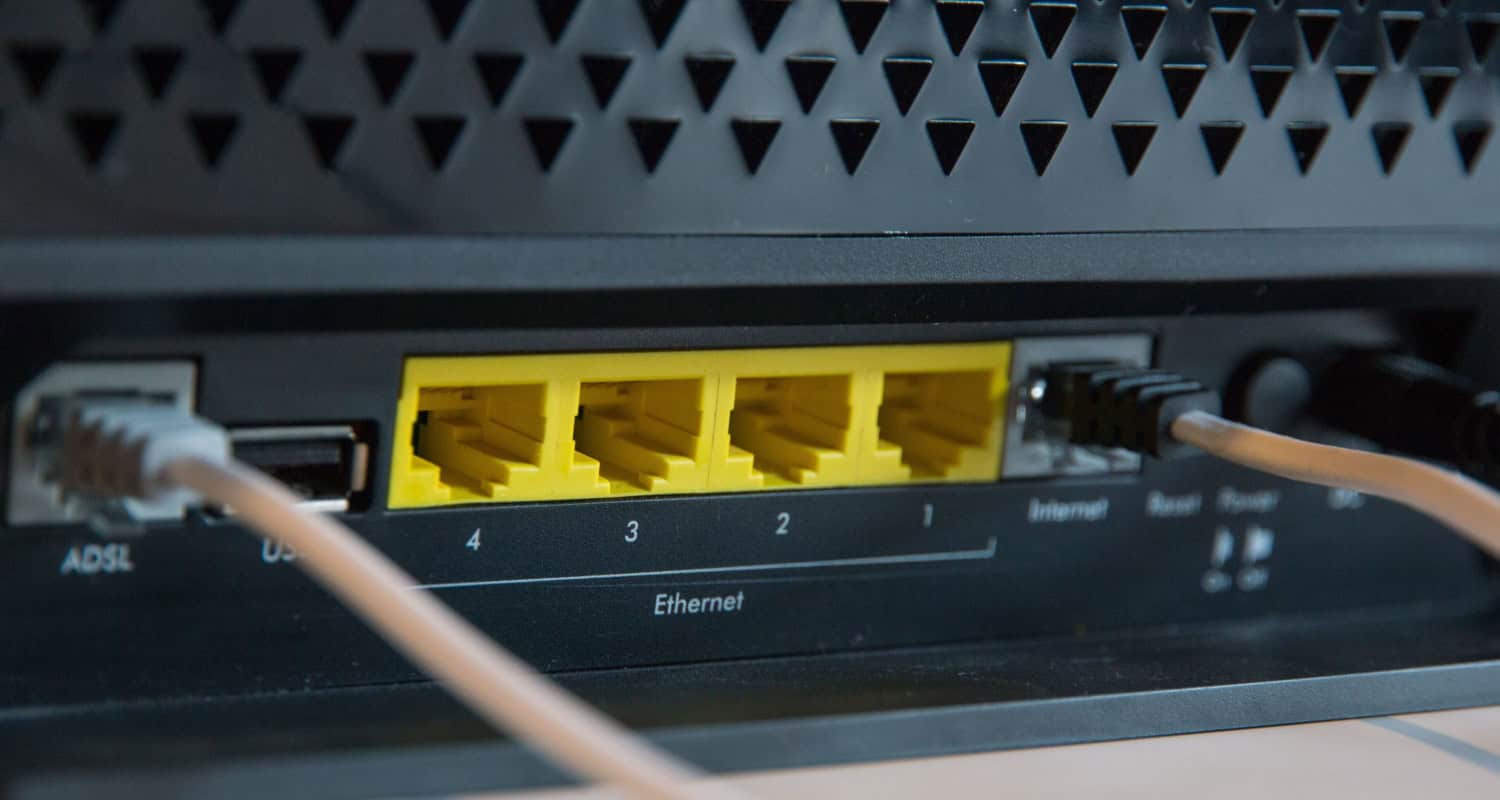
- It is harder to install and needs proper maintenance
- Lastly, they are vulnerable to the environment and don’t work well in real-time.
Automotive Ethernet
Using newer technologies like ADAS and LIDAR requires a high amount of data. It is where Automotive Ethernet comes in handy.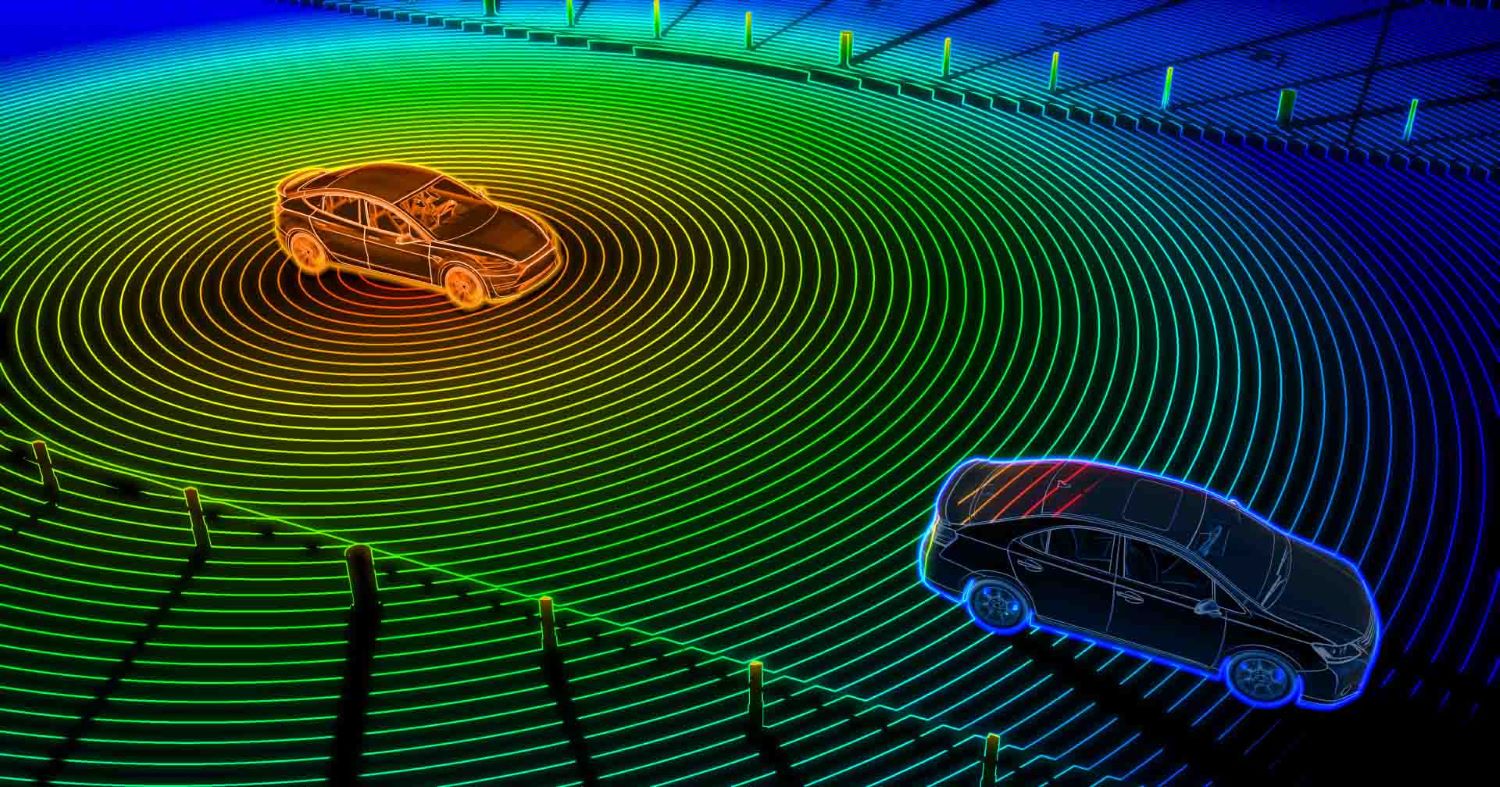 A revolutionary new technology based on Ethernet. Besides that, It has a higher speed and lower latency, which can transfer data at 100-150 Gbps. A step ahead in the Automotive Ethernet vs CAN race.
A revolutionary new technology based on Ethernet. Besides that, It has a higher speed and lower latency, which can transfer data at 100-150 Gbps. A step ahead in the Automotive Ethernet vs CAN race.
CAN vs. Ethernet: A Comparative Analysis
The table below will provide a quick comparison between Ethernet CAN.
| Features | Call Area Network | Ethernet |
|---|---|---|
| Speed | CAN- 1Mbps | CAN FD- 10Mbps |
| Higher Speed | 100Gbps | 100Gbps |
| Data Transmission | Limited Bandwidth | Higher Bandwidth |
| Communication | Short Range | LAN Network Range |
| Interference | Resistant to electromagnetic Interference | Susceptible to electromagnetic Interference |
| Error Detection | Provides error detection facilities | Relies on TCP for error detection |
| Cost | Relatively lower | Comparatively Higher |
| Safety | Lacks built-in security standards | Has standard safety protocols in place |
| Applications | Automotive systems such as ECUs, sensors, etc | Infotainment, diagnostics, and non-critical applications |
CAN Ethernet both proved their prowess over time and required no proof. However, with increasing consumer demands, the question of what to use becomes increasingly pertinent. Hence, comparing the pros and cons is important for seeing the bigger picture.
Coexistence and Integration in Automotive Networking
Using Ethernet CAN together is something that needs to be kept in mind. The soundness of the other can round out some things lacking in one system. 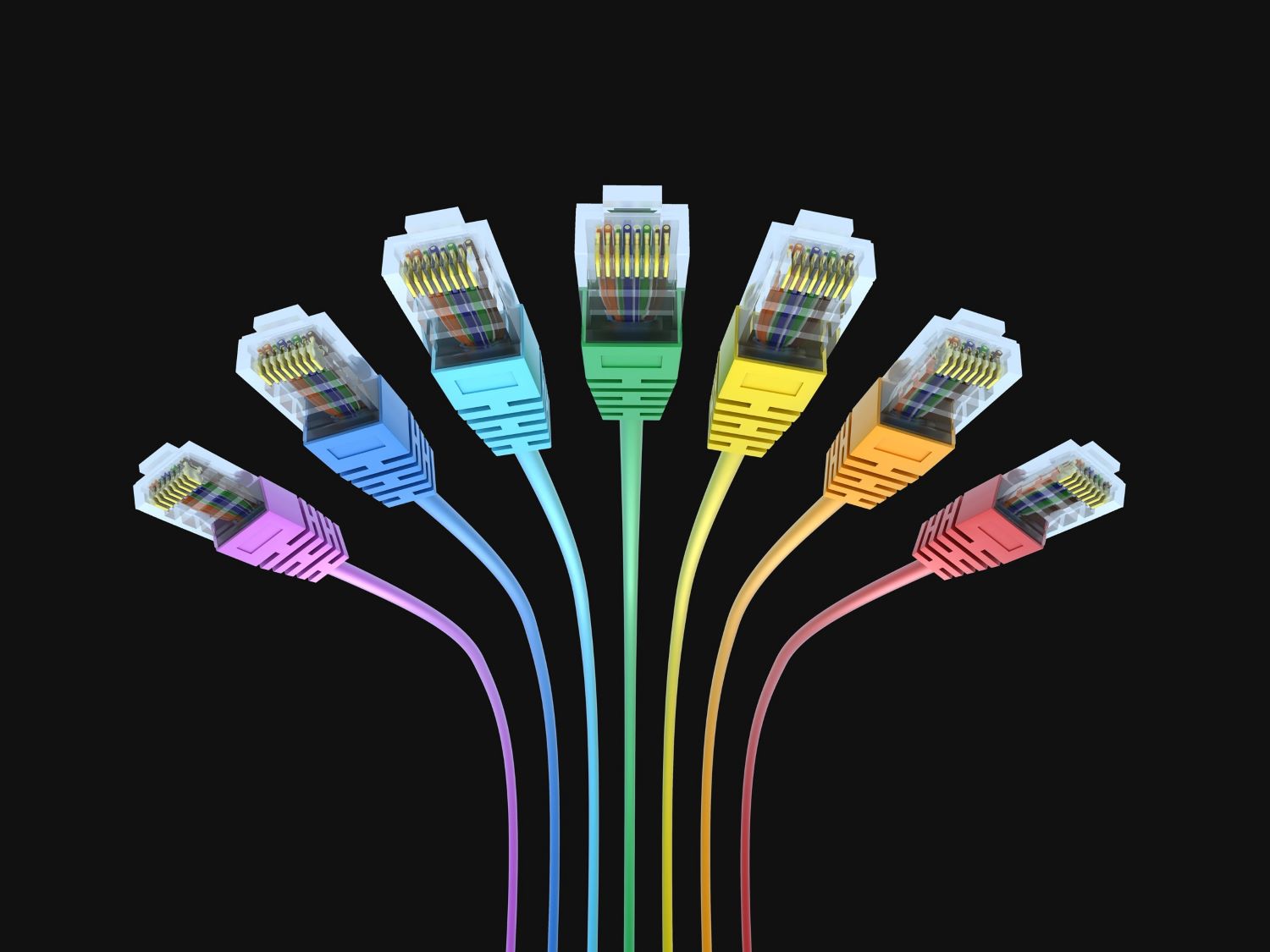 The old CAN system remains the best for low-speed and cost applications. However, for complex systems that need a larger bandwidth, Ethernet is the right choice.
The old CAN system remains the best for low-speed and cost applications. However, for complex systems that need a larger bandwidth, Ethernet is the right choice.
Therefore, it becomes important that both these systems complement each other. We can only partially replace all old ECU systems with new ones. Hence, combining both technologies is not only wise but also efficient.
FAQs
How is the CAN bus wired?
In CAN bus, wires are twisted together tightly to ensure low electromagnetic Interference.
Is WiFi 6 faster than Ethernet?
Ethernet supports much higher speeds than WiFi 6, where the max speed is 9.6 Gbps. However, Ethernet can allow up to 100 Gbps.
How many wires are in a CAN bus?
The CAN bus has two wires named CAN high & CAN low.
What are the three types of cables in Ethernet?
Twisted pair cables, coaxial cables, and fiber optic wires.
Conclusion
After this whole discussion, one thing becomes abundantly clear. Ethernet CAN, together, can sustain the future of the automobile industry. The old legacy of CAN makes it indispensable, and the benefits of Automotive ethernet make it unignorable.
Therefore, it’s not CAN vs Ethernet, but the combination and complementing of various protocols is the need of the future. As we demand more features and services, our systems must reshape accordingly. The advantages of different applications must be matched so that every problem remains solved.
Lastly, the evolution of Ethernet paces ahead of CAN. It might not be flawless, but it will be the top choice in the future. Now, everything depends on where the future technology takes us.
See Also: How To Login Into Comcast Xfinity Router In 3 Easy Steps
